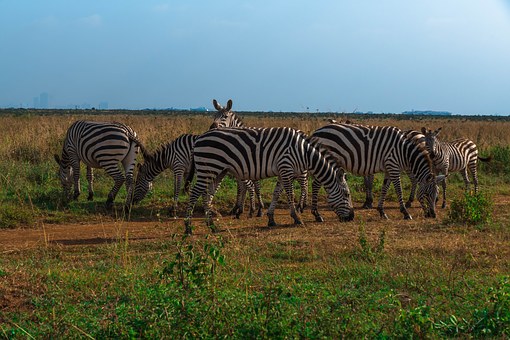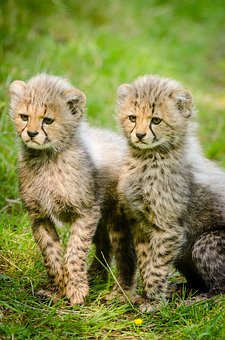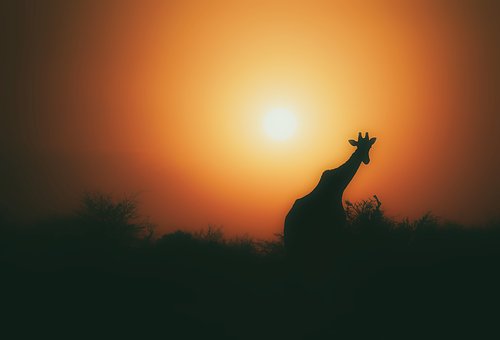How Lanzarote Became the Island it is Today by:Dan Williams

Visitors to Lanzarote, the second biggest of the main Canary Islands
, may be forgiven for thinking that the island has been a holiday destination for many years, but the reality is very different. Until as recently as 1980 the island was relatively unknown to international travellers. The geographic history of the island is of course dominated by volcanic activity, which caused the creation of the island in the first place.The island, which has been part of Spain since the fifteenth century, owes its location off the North African coast to most of the significant events in its history. It has been subjected to many attacks and invasions over the years, primarily from seafaring pirates who came across the island during their voyages from the coasts of Africa.
The now extinct indigenous population of the island, known as the Guanches, were cave dwellers who lived and isolated existence, whose civilisation was far removed and delayed compared to that of many mainland population groups. Lanzarote was one of the first island of the Canary Islands group to succumb to the Spanish invasion early in the fifteenth century, but it took almost 100 years before the final island, Tenerife, was finally occupied.
The origin of the name Lanzarote is still not known for sure with various theories proposed including a derivation of a visiting Italian seafarer called Lancelloto or Lancilloto, a variation of the Latin word for rubber (the Tabaiba tree, common on the island, produces a thick resin-like sap) and also after the original Spanish invader, Bethencourt, who is supposed to have broken (rota) a lance (lanza) during the original battles for the island.

Volcanic activity had featured frequently over the years of the island's history including a six year period in the eighteenth century when 25 volcanoes erupted together turning a once fertile area into a barren landscape of black lava, which is now known as the Timanfaya National Park. The volcanic activity has brought some benefits however particularly to agriculture and the island now growing onions, potatoes, spinach and pineapples for export.
Picon, the black volcanic rock that covers much of the island, is very good at absorbing moisture and thus makes farm a little easier on this warm sunny island.
But the biggest impact on Lanzarote has been the huge growth in tourism to island over the past 30 years. The authorities on the island have tried very hard to reduce the visual impact by enforcing strict rules on developments meaning that there are no high rise buildings, every building must be painted white and doors, windows and shutters may only be painted in one of two approved colours of green.
In terms of tourism, Lanzarote only really became known during the 1970's and during the years between 1970 and 1975 visitor figures tripled to 80,000 per year. Figures doubled again over the next five years and during the same period financial investment from Germany arrived due to the Strauss Law which provided tax benefits for German company investing in Spain.
Growth continued during the 1980's and 1990's until visitor figures reached their peak in 2003 when almost 2 million people came to the island for a holiday. British people make up the majority of the island's visitors, the make up of which is very influenced by the local currency. An impact of the introduction of the Euro has been the rapid decline in the number of German tourists, who now find holidays on the island to be more expensive. It remains to be seen if the weakness of the British pound will have a similar long-term effect on the number of British holidaymakers but initial indications already show that in December 2007 numbers of British visitors were down by twenty five per cent.

One factor that could influence matters is the weakening of property prices on the island with suggestions that values now stand at only 60 per cent of their peak. That is unlikely to attract new British home buyers due to the currency situation but it could be a factor in tempting German buyers to return.
About the author
Dan Williams is a wealth of information on the changing face of tourism. His advice on cheap flights to Lanzarote and other information about the island is very useful for anyone travelling there. Other flight information can be found on http://book.flythomascook.com
http://www.articlecity.com/articles/travel_and_leisure/article_3662.shtml Hampshire Info For Visitors by:Devinder Patel Keeping a Vacation Log by:James F. Green Photographically Documenting a Vacation by:James F. Green What to Do on Holiday in Ibiza by:Jessica Nielson Taking a Family Holiday in Ibiza by:Jessica Nielson Holiday at Ibiza - the World's Top 3 Clubs by:Jessica Nielson Cheap Holiday Deals in Talamanca - Perfect Among Travelers to Ibiza Town by:Jessica Nielson My Love Affair With Thailand by:Kevin Butters Arabian Nights Dinner Show: Get Set for a Dazzling Night Out in Orlando by:Mark Whichard A Place for All Seasons by:Mary Smith Girls Guide To Outdoor Essentials by:OutdoorGB Keeping Your Luggage Safe When Traveling by:Paul Abbey Learn To Operate Your Travel Business Opportunity by:Paul Abbey